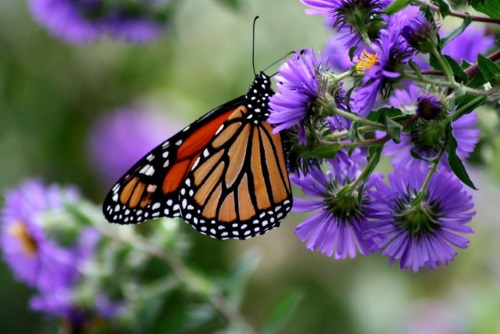The charismatic and familiar Monarch Butterfly serves as a “flagship species” for pollinator conservation – and a new report from the Transportation Research Board examines how transportation industry stakeholders can evaluate whether certain roadway corridors provide suitable habitats to aid in their preservation.
That report – NCHRP Research Report 942 Pre-Pub: Evaluating the Suitability of Roadway Corridors for Use by Monarch Butterflies – examines the potential for roadway corridors to provide habitat for monarch butterflies and provides tools for roadside managers to optimize potential habitat for monarch butterflies in their road rights-of-way.
This NCHRP report follows on the heels of a “historic agreement” finalized between the U.S. Fish and Wildlife Service and the University of Illinois-Chicago on April 8 that encourages transportation and energy firms to voluntarily participate in Monarch Butterfly conservation by providing and maintaining habitat on potentially millions of acres of rights-of-way corridors on both public and private lands.
The American Association of State Highway and Transportation Officials supported this effort in a two-page letter to the U.S. Department of the Interior on March 12; seeking “expedited approval” of voluntary national CCAAs to further encourage the creation of pollinator habitats in highway rights-of-way – especially the Monarch Butterfly.
“This decision gives state DOTs the ability to meet their highest priority to provide safe roads for the traveling public while simultaneously safeguarding the health of habitat for essential pollinators like the Monarch Butterfly,” noted Jim Tymon, AASHTO’s executive director.

